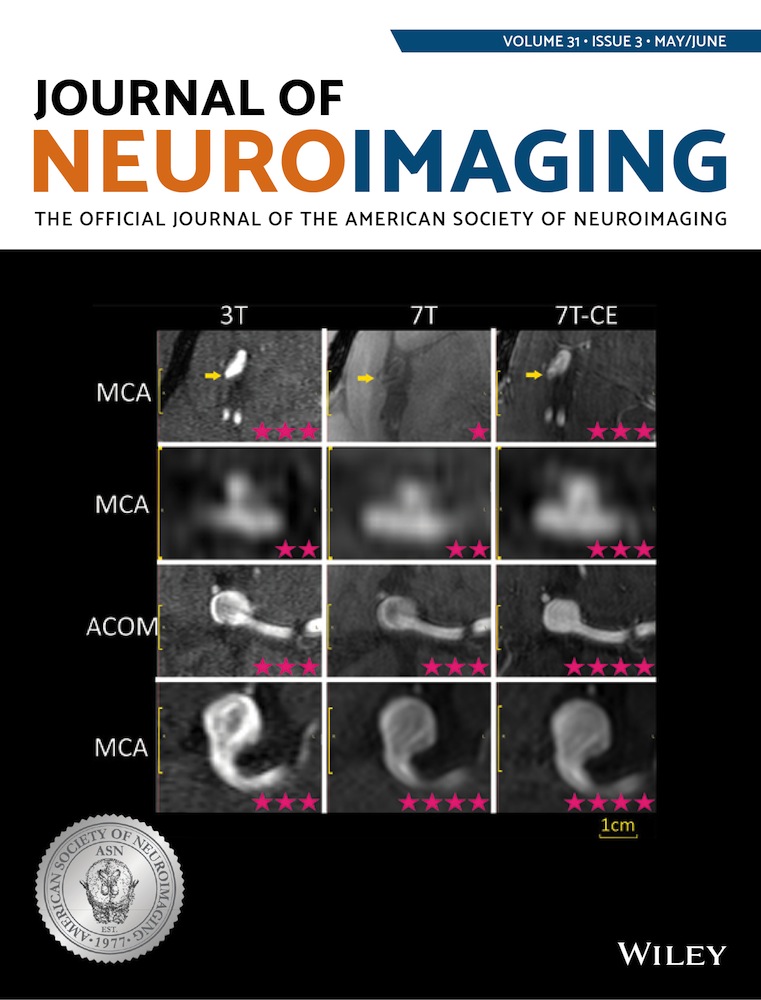Differentiating Dementia with Lewy Bodies and Alzheimer's Disease by Deep Learning to Structural MRI
Acknowledgments and Disclosure: The authors are grateful to Ms Melissa Noguchi (ELCS English Language Consultation Services) for carefully proofreading the manuscript. This work was partially supported by a Grant from New Energy and Industrial Technology Development Organization of Japan: STS, Seed-stage Technology-based Startups. There are no conflicts of interest to declare.
ABSTRACT
Background and Purpose
Dementia with Lewy bodies (DLB) is the second most prevalent cause of degenerative dementia next to Alzheimer's disease (AD). Though current DLB diagnostic criteria employ several indicative biomarkers, relative preservation of the medial temporal lobe as revealed by structural MRI suffers from low sensitivity and specificity, making them unreliable as sole supporting biomarkers. In this study, we investigated how a deep learning approach would be able to differentiate DLB from AD with structural MRI data.
Methods
Two-hundred and eight patients (101 DLB, 69 AD, and 38 controls) participated in this retrospective study. Gray matter images were extracted using voxel-based morphometry (VBM). In order to compare the conventional statistical analysis with deep-learning feature extraction, we built a classification model for DLB and AD with a residual neural network (ResNet) type of convolutional neural network architecture, which is one of the deep learning models. The anatomically standardized gray matter images extracted in the same way as for the VBM process were used as inputs, and the classification performance achieved by our model was evaluated.
Results
Conventional statistical analysis detected no significant atrophy other than fine differences on the middle temporal pole and hippocampal regions. The feature extracted by the deep learning method differentiated DLB from AD with 79.15% accuracy compared to the 68.41% of the conventional method.
Conclusions
Our results confirmed that the deep learning method with gray matter images can detect fine differences between DLB and AD that may be underestimated by the conventional method.




